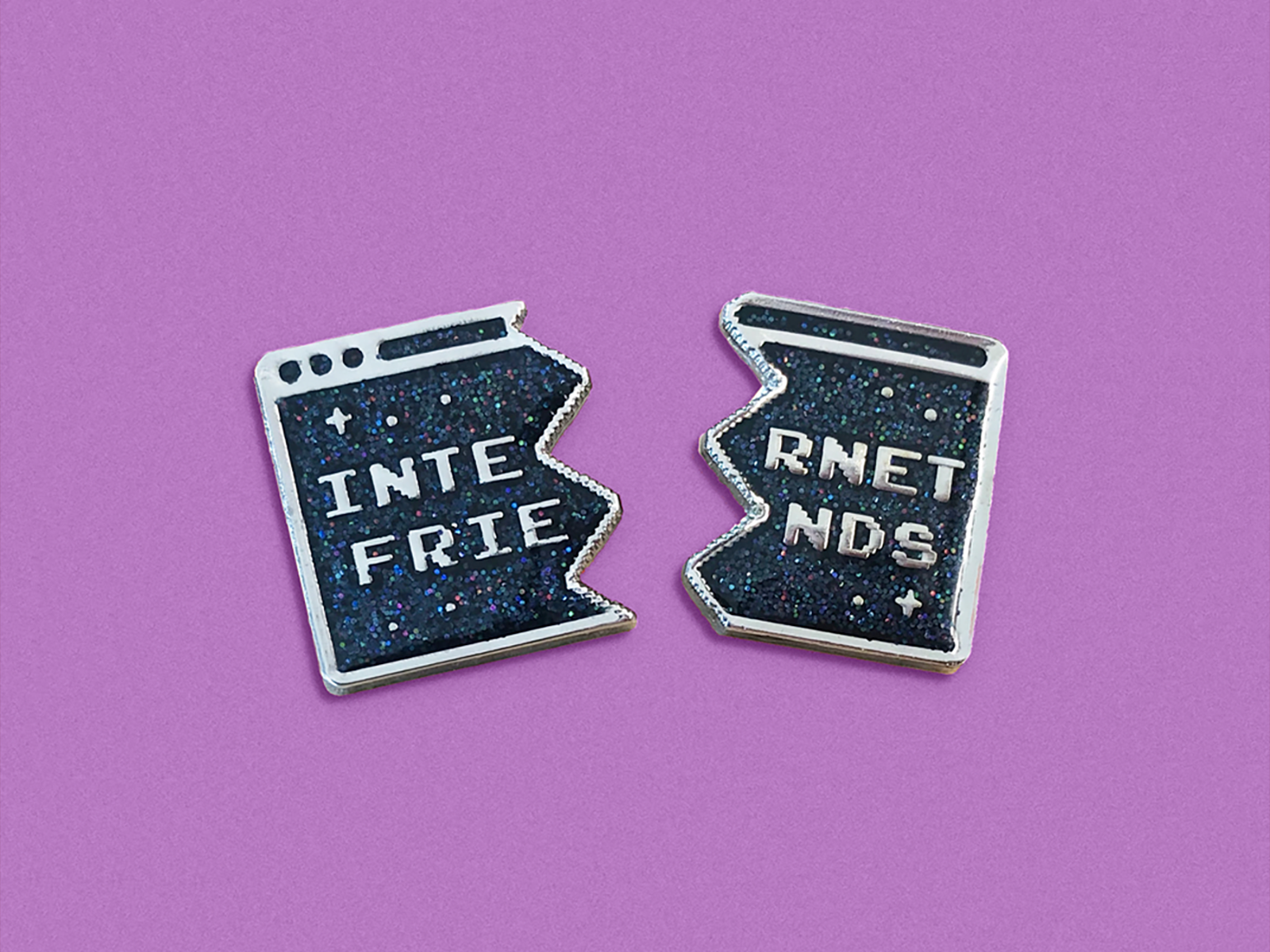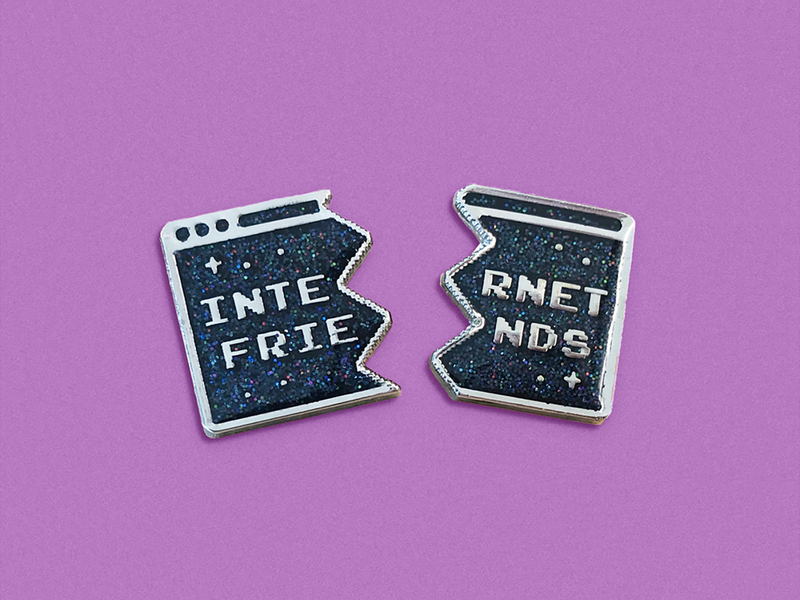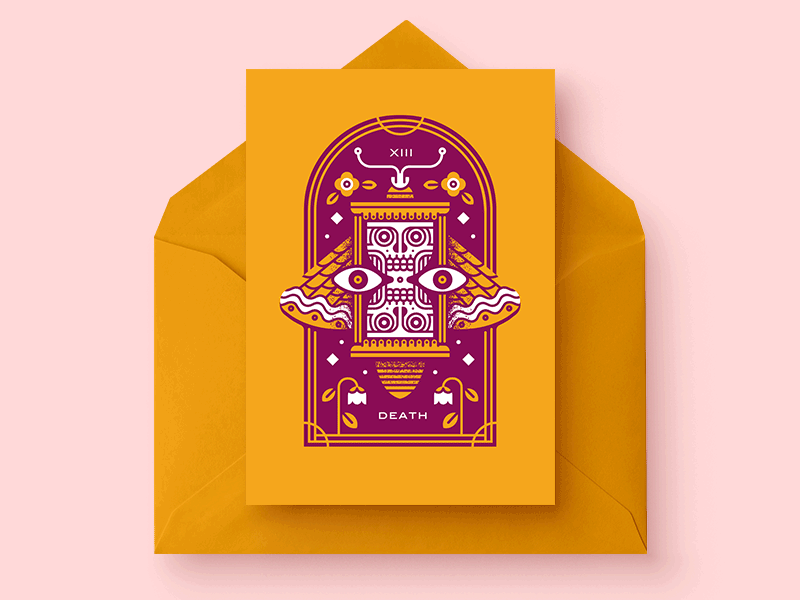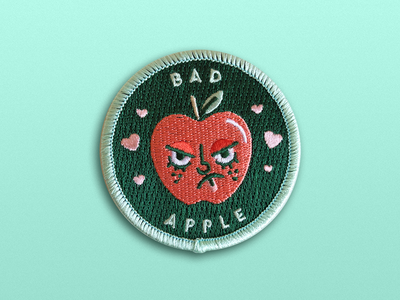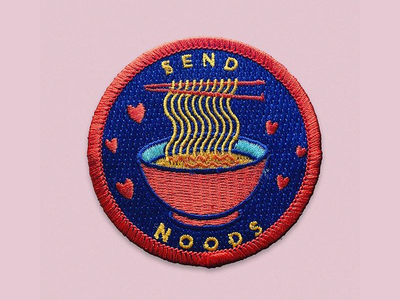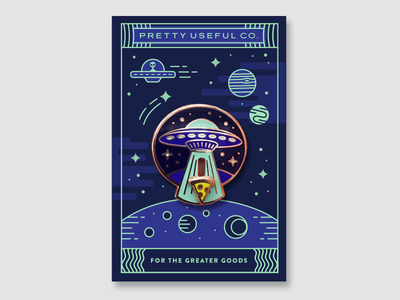Just like any other business, building a cohesive brand should be top of mind when it comes to designing and selling custom goods. Designers Allie Mounce and Clare Freeman have done a great job at growing their brand and merch shop Pretty Useful Co., and we were lucky enough to pick their brain to see what kinds of branding and marketing strategies have been working for them.
If you’re someone interested in making and selling products on the side, keep reading to learn from Allie and Clare’s experience building Pretty Useful Co!
First things first: How did Pretty Useful Co. get started?
We started Pretty Useful Co. to make more of the things we wanted for ourselves—prints we wanted to hang on our walls, pins we wanted to wear. Selling them helped us bankroll the materials and eventually pay for our time. Three and a half years later, it’s turned into a lot more than that. It’s become a platform for us to create meaningful connections with people both in-person and online, allowed us to travel, learn, and take on opportunities we never would have had otherwise.
Why branding matters
Branding is one of the most important things for any business, whether you’re selling merch or working as a freelancer. It’s how you communicate your values and personality. We started with the attitude of “why even bother making something if we wouldn’t be excited to own it?” and that’s still the guiding principle for everything we make. Colors and fonts might change, but we’ll always be essentially us.
Let’s talk marketing
Our best marketing tool has always been word-of-mouth. Especially when we get the opportunity to speak, like at a conference or workshop. Telling our story and engaging with the audience in such a personal way always generates great sales (and wonderful conversations!). We also get great bumps from podcast features, articles, and other word-of-mouth style content.
Otherwise, the majority of our sales come from social media. Regularly posting and engaging with our Instagram and Twitter followers has been a great way to share our work while also generating revenue. What works best for us is creating content that resonates with us, is useful to our audience, and is shareable. If you create products and content that make people feel something, what you make does most of the work for you.
Don’t overlook packaging design
Everything is part of the product, and we do our best to prioritize quality in everything we produce. Pin backers could be thought of as disposable, but to us, they’re just as important as the pin itself. On the back of our foil-stamped backers, we have a mini-guide for how to wear our pins. On the backer for our D20 spinning pin, different opportunities for using a 20 sided die. When the card is unfolded after removing the pin, it’s a perfect bookmark!
Our newest line of pins, the Pin Pals Pin Sets, each come on a card with a perforation to “tear and share.” The enamel pin market is saturated, and packaging is a great way to differentiate yourself and create added value.

Advice for designers starting a side-hustle
Treat it like a regular job. That means setting hours, expectations, and boundaries. Set boundaries for yourself early! Side hustles have a great way of creeping into all aspects of your life, and if you’re not careful they can really take over and make you feel burnt out and lost. Establish when you want to work and when are your absolute days or times off. Your friendships and relationships will thank you!
Want to keep up with Allie and Clare? Find Pretty Useful Co. on Dribbble, and Instagram.
Related articles
- Making merch on the side: 5 tips every designer should know
- How to design your online merch shop like a pro—Insights from Big Cartel
- We found the perfect enamel pins to gift your designer friends
Find more Community stories on our blog Courtside. Have a suggestion? Contact stories@dribbble.com.
